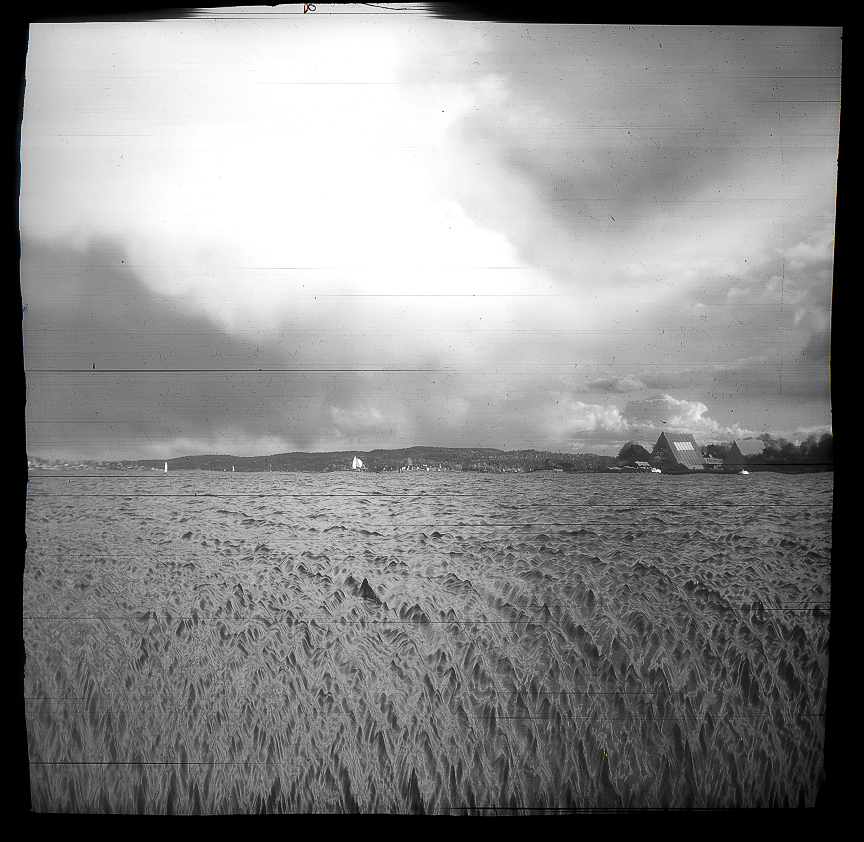this post was submitted on 28 Jul 2024
223 points (97.4% liked)
Photography
4840 readers
90 users here now
A community to post about photography:
We allow a wide range of topics here including; your own images, technical questions, gear talk, photography blogs etc. Please be respectful and don't spam.
founded 2 years ago
MODERATORS
you are viewing a single comment's thread
view the rest of the comments
view the rest of the comments

Little nitpick to you:
This is because your signal of interest, unless purely sinusoidal, has higher frequency features such as harmonics, so if you sample at Nyquist you'd lose all of that. Nyquist theorem still stands, it's just you wanna look at higher frequency than you realize because you wanna see higher frequency components of your signal.